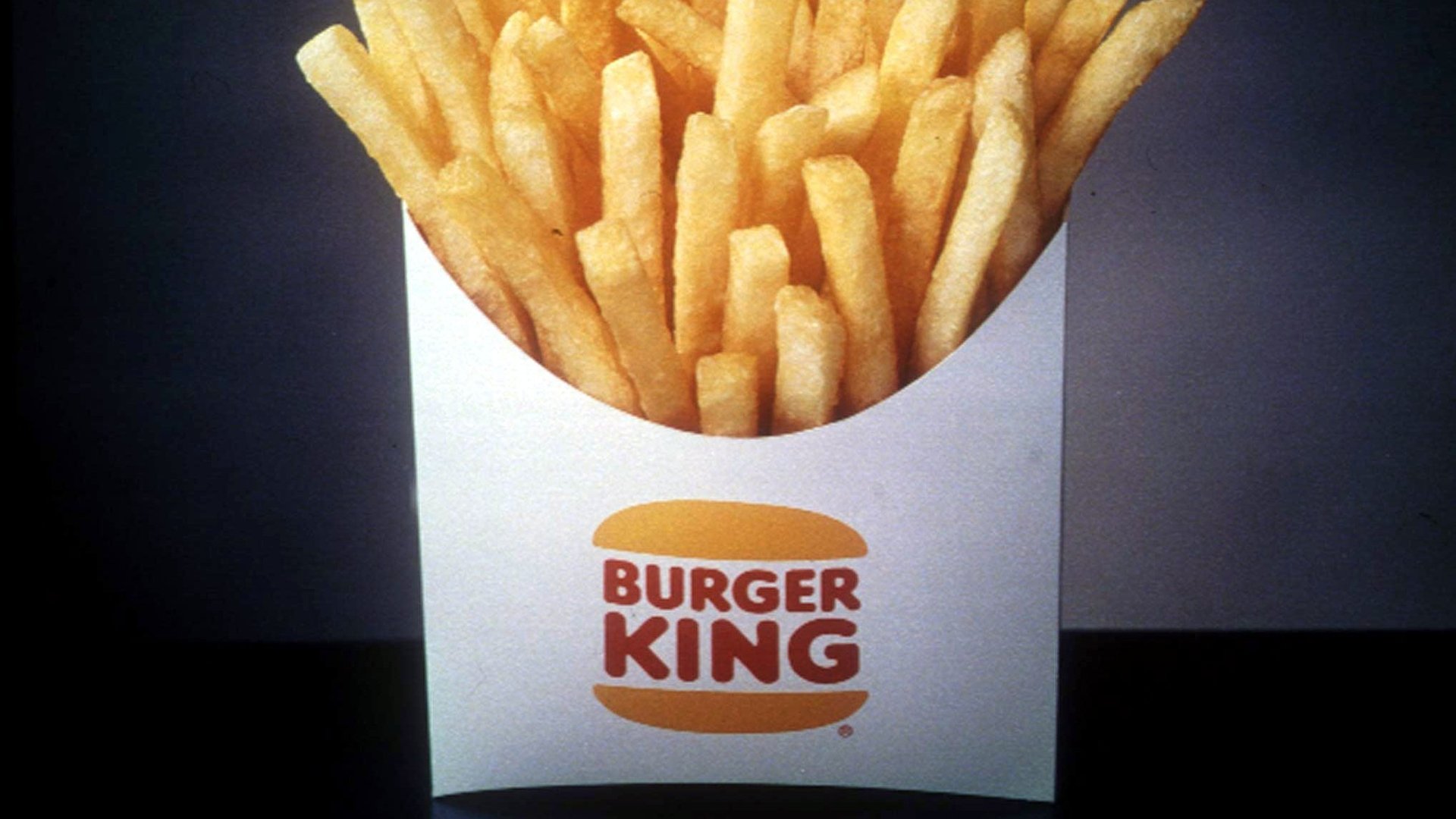Disposable culture is diminishing the power of brands
Since at least the 1920s, brands have steered our cultural zeitgeist. They’ve done this by seeding ideas into the minds of consumers until, ultimately, they become conventional wisdom. Think about it—a brand established mass agreement on what Santa Claus actually looked like (at least, in Western popular culture). A brand also convinced us that breakfast was the most important meal of the day. Another one told us that “diamonds are forever,” cementing the idea of the modern engagement ring.


Since at least the 1920s, brands have steered our cultural zeitgeist. They’ve done this by seeding ideas into the minds of consumers until, ultimately, they become conventional wisdom. Think about it—a brand established mass agreement on what Santa Claus actually looked like (at least, in Western popular culture). A brand also convinced us that breakfast was the most important meal of the day. Another one told us that “diamonds are forever,” cementing the idea of the modern engagement ring.
Brands dictated what was culturally important and helped establish our social rituals.
And then, the internet came along and empowered consumers. They could search for their own world view, and didn’t need brands in the same way. Instead of dictating culture, brands started playing defense against it, pandering to its fleeting trends and scrambling for relevance in an increasingly mercurial world. We see this shift in at least three ways, through brands’:
Change in tone
- Wendy’s, for example, has fully aligned its social media personality with the trending meme economy.
Aesthetics
- Startup brands are catering to the lauded millennial aesthetic.
- Iconic luxury lines like Yves Saint Laurent and Balenciaga have gravitated toward visual identities that look oddly similar to each other.
Self-identity
- Impossible Foods specializes in creating meat substitutes, but according to its founders it thinks like a tech company that is evolving into a food platform.
- Victoria’s Secret stubbornly championed a narrow, aspirational vision of femininity for decades, but has since backpedaled as the body positivity trend becomes more mainstream.
Why the shift in approach?
We live in a disposable culture
There’s a constant influx of “new” now, and it all comes and goes at breakneck speed. Brands that once told us what was relevant are now struggling to keep up with what relevance even is. With more options than ever before, the power dynamic has shifted, and it’s resulted in a cacophony of brand voices desperately calling out to consumers who do not care to hear them through the noise.
From social media trends to fast fashion to viral news, there’s always something newer, better, and more exciting that steals our attention. And the covid-19 pandemic has further amplified this, with global online consumption doubling in just one year. Digital culture, including digital commerce, is warping our sense of how fast things need to happen. And it’s changing a lot about human societies. Namely, we’ve become accustomed to constant novelty.
With all of us stuck in a never-ending cycle of producing, consuming, and reacting to content, our brains are overworked and overwhelmed. It’s becoming harder for people to focus, and as a result, harder for brands to be relevant. In one survey, 78% of consumers reported that they feel brands never emotionally connect with them. Companies are flailing in a disposable culture because it’s virtually impossible to find strong anchor points in the chaos.
Enough with the nostalgia marketing
In attempts to keep pace with disposable culture, brands are tapping into one of humanity’s most reliable emotional levers—nostalgia—to humanize brands and to create a visage of “everlasting” by intimately bridging the gap between consumers’ experience of the past and present. We see Pepsi tapping modern pop stars for a retro, Grease-inspired commercial. We see Apple turning to nostalgia in its product design by bringing back the colored iMacs of the 1990s. We see Burger King rebranding with a logo that resembles the one used from 1969 to 1994. It’s everywhere, from the Super Bowl to the socials.
These tactics are meant to inspire comfort and warmth. But consumers are becoming wise to the ways in which brands seek to emotionally manipulate us. Our memories, in particular, feel like something that brands should not touch. Once a blissful brand dance, nostalgia now seems overused and inauthentic.
If nostalgia can no longer be relied upon as a consistent tool for navigating disposable culture, then what can be?
As our choice of which brands and products to consume becomes ever wider and our collective interest fleets ever faster, how do brands create lasting significance?
Instead of defaulting to nostalgia, brands can emotionally connect with consumers in ways that avoid exploitation and even add value:
- They can look to virtue, by taking actions that align with their customers’ core values.
- They can create intrigue, by pursuing novel schemes that capture our curiosity.
- They can inspire awe, by providing opportunities for us to view the world in new ways.
- They can spark surprise, by delighting us with out-of-the-ordinary products or experiences.
If you own a business or play a role in building or managing a brand, consider these questions to get you started:
- What cause can your brand embody that reflects its authentic self and its aspirations for the future?
- How can your brand add an element of mystery in order to captivate your audience’s imaginations?
- How might your brand use a worldly perspective to challenge everyday assumptions?
- When, where, and how can your brand surprise people when they least expect it?
Brands may never again be the cultural leaders they once were. But brands that adapt by connecting with consumers through something more than a tiring air of nostalgia have a good chance of staying afloat (and maybe even standing out) in our disposable culture.